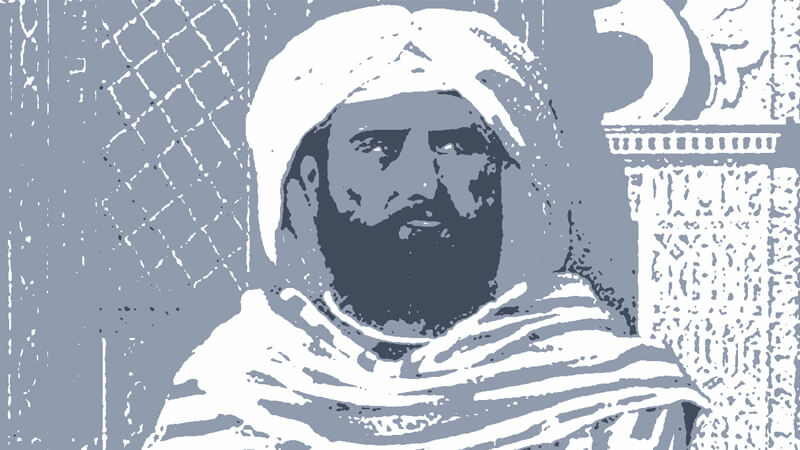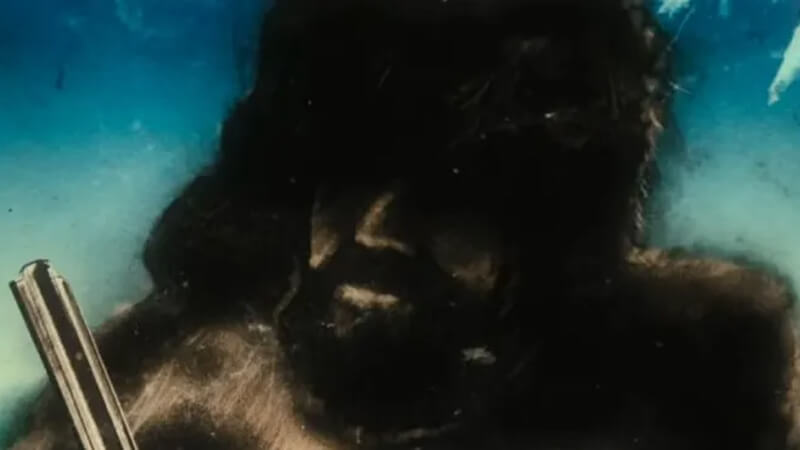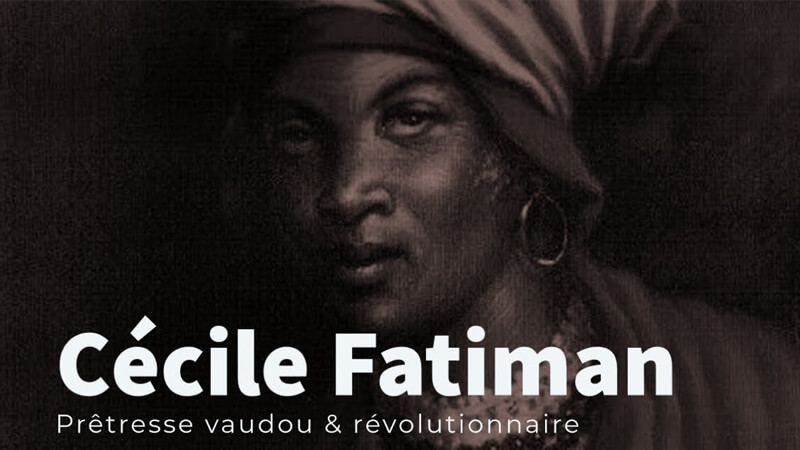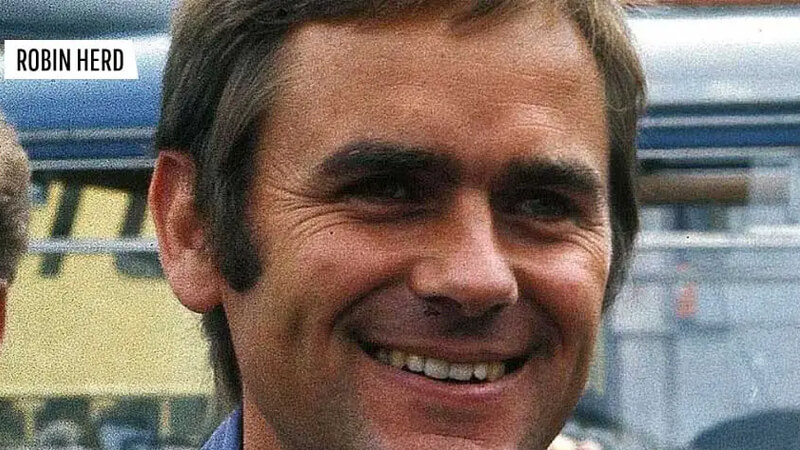Biography of Abdurrahman I: – First independent emir of Cordoba (Damascus, 734 – Cordoba, 788) Grandchild of the caliph Hisham of Damascus was one of the few members of the Umayyad dynasty who escaped the slaughter of Abu Futrus, to power to the Abasidas in the year 750.
Biography of Abdurrahman I
- Born:- 731 AD, Palmyra, Syria
- Died:- 30 September 788 AD, Córdoba, Spain
- Parents:- Mu’awiya ibn Hisham
- House:- Umayyad Caliphate
- Successor:- Hisham I of Córdoba
- Children:- Hisham I of Córdoba, Soliman ibn Abdulrahman
For five years he traveled fleeing from one place to another in North Africa, until he found refuge among the Berbers of the Nafza tribe, near Ceuta, of which his mother was born.
See Also: Biography of Abd-el-Krim
With the support of the Syrians who had served the Umayyads and still remained in Spain, he managed to move to the Peninsula: in 755 he landed at Almunecar (Granada) and a year later defeated the emir Yusuf al-Firi and took Cordoba, Where he was proclaimed independent emir of Al-Andalus.
Its 32 years of reign were quite turbulent, with continuous rebellions: one of them, headed by the old emir, finished the execution of this one in 759.
Another, carried out in 777 by several Arab leaders of the peninsular northeast, counted on the Support of Carlomagno , who directed an expedition against Saragossa.
The city, although taken by the rebels, did not surrender to the king of the Franks, and in the hasty retreat, the latter lost its rearguard, commanded by the Duke of Brittany Roldan, under the attack of Basque mountaineers in the Roncesvalles gorge Gesta held in the Chanson de Roland ).
The divisions between the rebels allowed Abderramán to make a spectacular demonstration of strength, with a military campaign that toured Navarre, Aragon and Catalonia.
Abderramán managed to maintain himself in power with the support of a good army, formed for the most part by Berber mercenaries.
Thus consolidated the Omeya dynasty, overthrown in the East, to the front of a Spanish emirate whose organization calcio of the Eastern caliphate and began the construction of the mosque of Cordoba, which would remain for posterity as a symbol of that first splendor of Muslim Spain.




